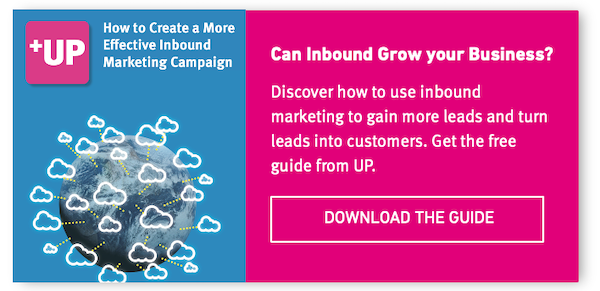What do you think you know about your target audience? The weakest link in your communication chain is probably not your outbound strategy or creative execution but the lack of solid ”inbound” communication.

Looking for substance...
In the massive flow of inbound communication they look for real substance that is relevant to their needs. They definitely don’t like to be manipulated with superficial creative elaborations or generic corporate promises. Particularly so when they are addressed as professionals.
To provide that valuable substance, that enlightening new perspective or those meaningful ideas, you need to know as much as possible about their universe. Now, if that is how it really works, why don’t we apply the same principle on all communications?
…the traditional way
Approaching a communication challenge, we must all be both open-minded and humble about it. Every time, even when we have years of experience in the industry at hand. The client brief is of course important, but if it were “the only truth and nothing but the truth”, our client wouldn’t even need our assistance.
Marketing and communication research is a dangerous world. Because, if you don’t get it right, your business and communication strategy can be totally misguided.
A qualitative study can give you valuable hints about your target audience’s attitudes or possible reactions to a sales argument or creative approach. As long as you don’t believe it is representative for your entire population.
And, to ensure sufficient validity and reliability in a quantitative study, professional research people demand a sample that is statistically representative of the target group at hand. They also require a big enough sample for cross-analysis of answers and socioeconomic and other background data, relevant non-leading questions, an acceptable response rate, unbiased interpretation of the answers and statistical analysis of the people not responding.
That’s a pretty tall order, even for a pro, so don’t even try it at home.
…in the age of one-to-one
The very opposite of all that is a quick-and-dirty web poll. Personally, I have only one piece of advice about those: Don’t do it, at least not for the purpose of gaining valid and reliable insight about your target group. Having said that, it can be a clever way of communicating the feeling of a dialogue, offering a listening ear, welcoming people to “sound off” their heartfelt views. Or simply gauge the level of active interest in your blog or a certain topic.
Conversely, the new digital market place does offer a new wealth of useful inbound communication, but that doesn’t mean that you can forget about statistical validity and reliability.
But the real clue about the emerging world is rather our ability to deal with individuals, rather than more or less representative samples, throughout the sales and customer care processes.
It’s the age of one-to-one marketing, and when you routinely monitor and analyze the responses and actual behavior of defined individuals, this stream of information is a potential goldmine for any communicator:
- In the traditional agency brief, the market realities presented have often been filtered and interpreted by people with loads of knowledge and experience. Which may well include some preconceived ideas about the next step ahead. When you can tap directly into the communication and interaction between buyer and seller, the real communication challenge suddenly comes alive.
- And in conventional market research it is, for example, difficult to relate awareness and preferences to actual behavior while, in the integrated digital world, it is easy to follow the digital tracks every step of the way.
Start by listening
Circumstances may vary, but the key is always to gather the insights that matter, not to rush blindfolded into the marketplace. That is not only important to make sure you get your communication right, it should also be the foundation of your entire marketing strategy.
Talk to UP about listening. We've got keen ears, and a wealth of experience from both analogue and digital research and analysis. And we know what it takes to turn into positive change and well-founded outbound communication.
